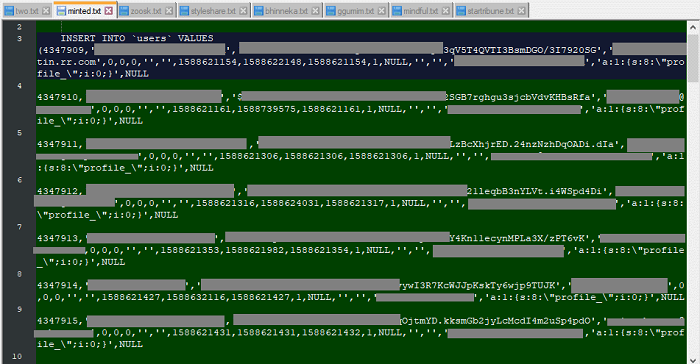方法一,使用线程中现成的:
这种一般比较常用,特别是在线程中的使用方法,下面是一个例子能够很清楚的说明它的具体使用方法:
#! /usr/bin/python3 #! -*- conding: utf-8 -*- import threading import time def fun_timer(): print(time.strftime('%Y-%m-%d %H:%M:%S')) global timer timer = threading.Timer(2,fun_timer) timer.start(); timer = threading.Timer(1,fun_timer) timer.start(); time.sleep(5) timer.cancel() print(time.strftime('%Y-%m-%d %H:%M:%S'))方法二,根据time中的来定义timer:
这种方法使用比较灵活,可根据自身的东西来添自身的需求:
''' 遇到问题没人解答?小编创建了一个Python学习交流QQ群:579817333 寻找有志同道合的小伙伴,互帮互助,群里还有不错的视频学习教程和PDF电子书! ''' import time class TimerError(Exception): """A custom exception used to report errors in use of Timer class""" class Timer: def __init__(self): self._start_time = None def start(self): """Start a new timer""" if self._start_time is not None: raise TimerError(f"Timer is running. Use .stop() to stop it") self._start_time = time.perf_counter() def stop(self): """Stop the timer, and report the elapsed time""" if self._start_time is None: raise TimerError(f"Timer is not running. Use .start() to start it") elapsed_time = time.perf_counter() - self._start_time self._start_time = None print(f"Elapsed time: {elapsed_time:0.4f} seconds")- 文章来源:51cto博客
- 转载说明:仅为促进国内科技技术发展,为IT工作者解决开发难题。
- 版权声明:文章来源于网络采集,版权归原创者所有,均已注明来源,如未注明可能来源未知,如有侵权请联系管理员删除。




